
Decisions, decisions. On a visit to Australia’s Philip Island on a Seabourn Cruises voyage down under, two evening shore excursions were both listed as must-sees.
One tour promised us an unforgettable avian airshow as thousands of seabirds fly in feathery clouds back to their nests at sunset as part of a spectacular hike along one of Australia’s most famed surfing beaches whose cliffside trails are the routes of loveable wallabies. We’re also promised an awesome surprise at the end.
The other promised a fantastic parade of hundreds of adorable miniature blue penguins waddling onto land after a day of playing at sea. Which to sign up for?
Philip Island is one of the most popular ports on Australia cruises, but typically on a cruise you’re only here for one evening. Here’s how to decide which memory to take home with you:
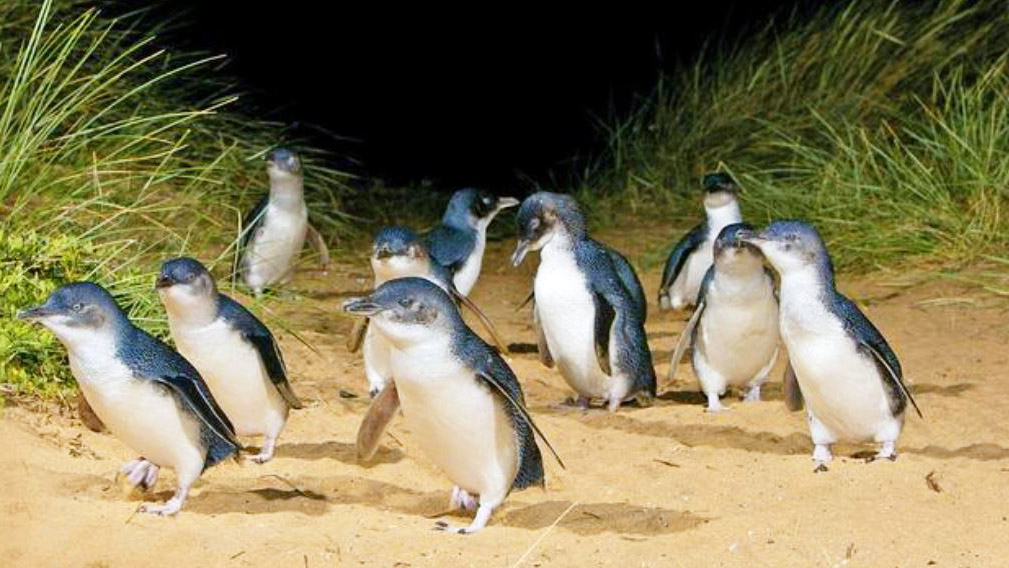
The big parade of the Little Penguins
Phillip Island is home to one of the world’s largest colonies of tiny blue and white Fairy Penguins. They spend most of their days at sea searching for food and fun. In the evening they waddle ashore like little children just getting the hang of standing up. Their nightly parade of thousands of the birds getting ready to bunk down for the evening has become one of Australia’s most popular tourist attractions, and because of that the viewing areas attract crowds every evening—for good and bad.
To control the crowds and give the birds the right of way, a recently opened $58-million visitor center keeps the humans in their place. There are multiple bleachers on platforms high above the sand and higher priced underground areas with VIP seating. Unfortunately, the effect is to make the experience more like seeing a stage show, with the penguins walking by oblivious of their audience.
There’s another catch, as the park’s web site highlights: “No photos allowed, sorry! Grab an inside shot, standing in front of the cute model penguins in their woolen jumpers instead.” That’s a shame because the talkative, glistening blue and white birds about the size of bowling pins are irresistibly cute.
But their nightly parade ashore is an unforgettable phenomenon. So keeping the humans in a cage is more sustainable and safer for the birds, who were making this their home long before they were discovered by tourists.
Spectacular Cape Woolamai is a hopping place
A little more strenuous but energizing is the second option: A stunning sunset walk along Philip Island’s craggy coast, lined by soaring wave-carved formations known as The Pinnacles, and a seemingly endless sandy beach with world-class surf waves.
Riding by bus to the Cape Woolomai State Reserve, we start by slipping off our shoes for a beach walk as the sun turns the waves into frothy curls of green and turquoise. “Amazing beach but water is cold You need a wetsuit and there’s so much current it’s not suitable for kids,” one guidebook warns. Seabirds seem to have no trouble, though, charging across the sand as the surf rolls out to grab morsels of food only to retreat just as quickly as the water rushes back in again.
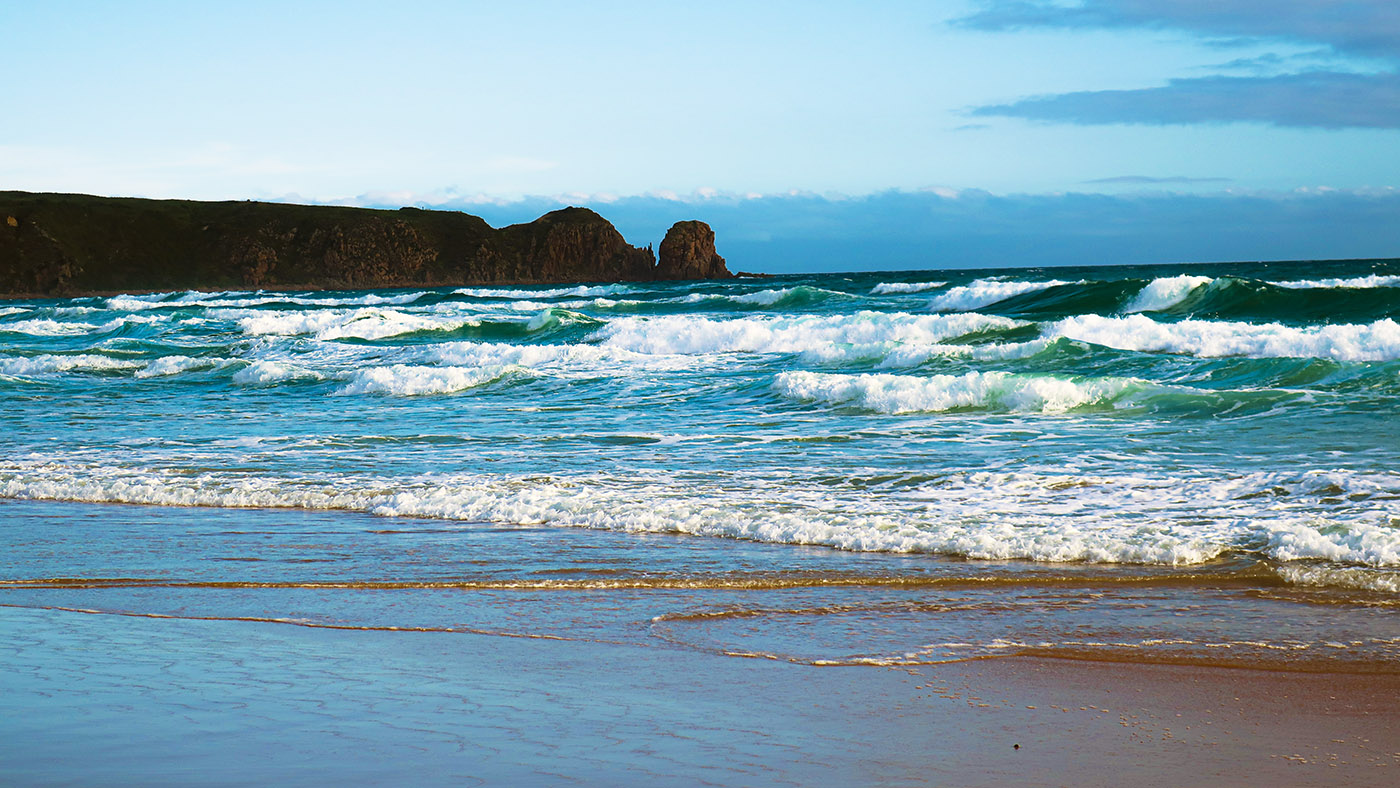
Slipping our shoes back on, a trail up a hill takes us to a cliff-top walk with vistas of pink granite rock pillars known as The Pinnacles.
In the bush surrounding a dirt trail, it’s soon clear we have furry spectators. Those heads peeking up are swamp wallabies, hoppers that are smaller and plumper than kangaroos. In spite of their name, they have no relation to actual swamps. They’re also different from most other wallabies, with their own genus: Wallabi.
The wallaby is related to a kangaroo but it has a distinct way of getting around. When hopping, its head is down and tail straight out, whereas the kangaroo keeps its head up. They’re shy but curious. If you see one on the trail ahead and approach slowly, it will often stand quietly tong enough for a photo op before hopping into the bush.
The walk along the stunning coastal cliffs is relatively easy, but for those who don’t want to do the whole five or six kilometers there are rest stops. All we need to do is gather at a lookout point at sunset for the vaunted fantastic air show.
This coast is home to the largest colony of short-tailed shearwaters on Phillip Island and their daily routine is to fly out to sea by day and return with their catch to feed the youngsters at sunset in clusters as a protection against predators.

As we gather, we realize why Seabourn’s guides have been carrying such heavy back packs. Out come bottles of chilled Champagne and glasses and we lounge on the grass to scan the sky for the convoy of birds supposedly headed our way..
Any minute now, the nature guide says, “you’ll see enormous clouds of birds flapping in and flying right over our heads as they head to their nests. It’s a phenomenon you’ll never see like this anywhere else.”
All right, where are they?
The minutes pass and the sun sets lower, with still only a few lone birds overhead, as the sky puts on a fantastic light show in the afterglow. It turns out that in March we’re already well into the nesting season and the chicks might have already fledged and can hunt on their own. Their moms can apparently enjoy their evenings before the flocks migrate to warmer climes for Australia’s winter.
No worries, though. There’s still plenty of Champagne and those furry heads keep peeking their heads up from the bushes to watch our Human Show.
We may have missed the penguins, but the loveable wallabies made this an evening to remember.
Seabourn Quest is visiting Philip Island on its 17-day New Zealand and Australia voyage starting Jan. 28 2025.

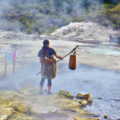
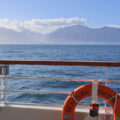
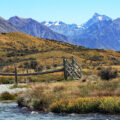



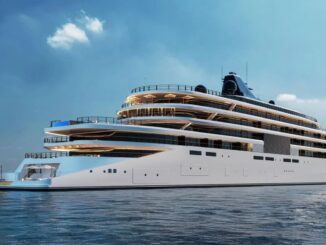
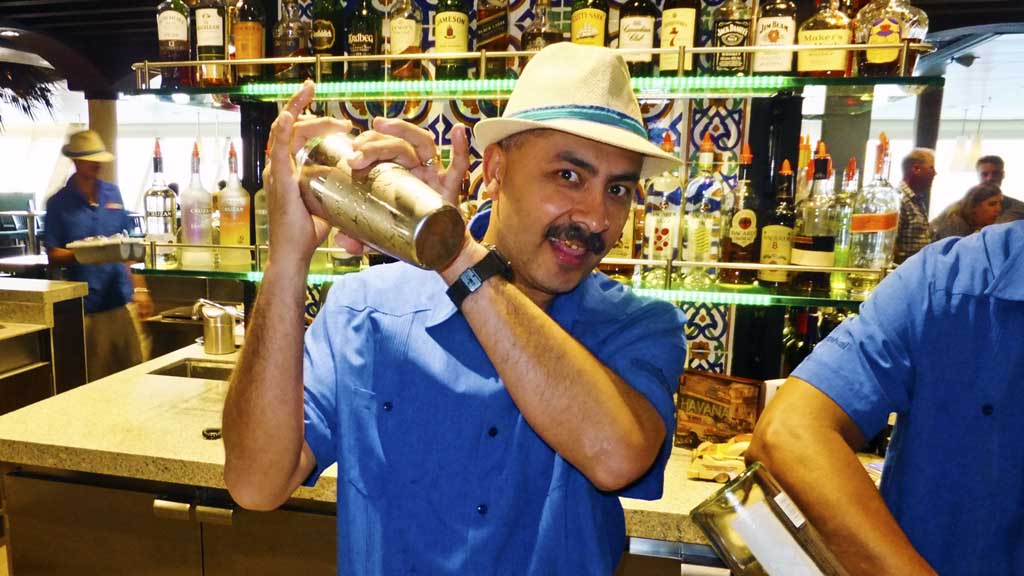
Be the first to comment